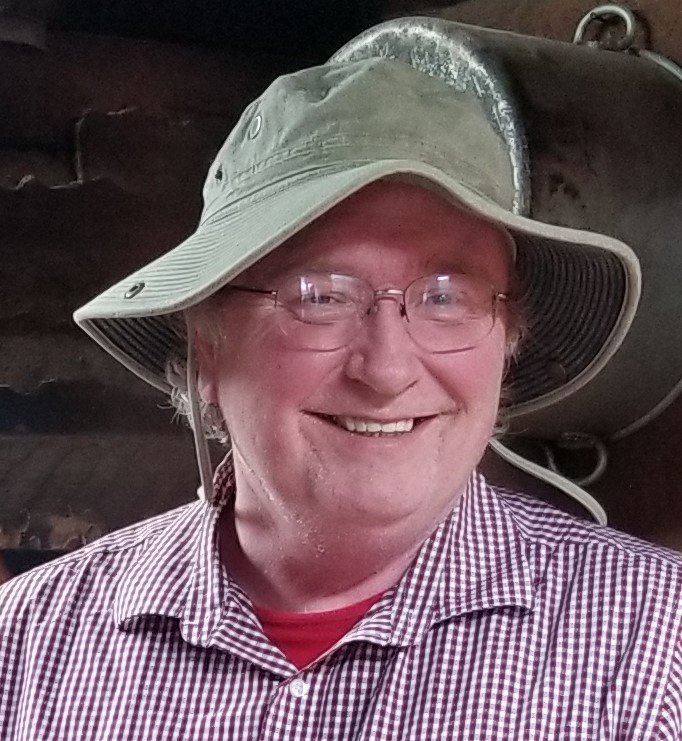
Cultural sensitivities are very much a part of cultural astronomy. To begin with, when archaeoastronomical data is collected it must be placed into cultural context. This necessitates understanding the culture and why it uses/used astronomy. Understanding a culture must not stop there, however. The concerns of Indigenous people at astronomical sites built upon their sacred lands must be taken into consideration.
While my degree is in astronomy, my work has been more with cultural astronomy and especially the part of it that is archaeoastronomy. We have started a program of education for archaeoastronomy at the University of Oklahoma that is teaching students proper research, analysis, and publication in the field. The International Society for Archaeoastronomy and Astronomy in Culture (ISAAC) publishes the Journal of Astronomy in Culture that will do much to advance the field in the years ahead. And the International Astronomical Union (IAU) has its Working Group for Astronomy in Culture (WGAC), which I chair, that is making great strides in many areas promoting astronomy in culture.
Cultural astronomy is interdisciplinary, so it was logical for the IAU’s past president, Ewine van Dishoeck, to approach the WGAC about forming a joint initiative regarding cultural sensitivities at the sites of astronomical observatories. Due to this interdisciplinarity, the WGAC not only has IAU member astronomers, but also associate members who are anthropologists and archaeologists. Members of the WGAC were already aware of these Indigenous concerns and were very well prepared to launch this effort. An initial meeting was held between Philip Diamond, executive director of the Royal Astronomical Society (RAS), Steve Miller, a RAS vice president, the outgoing and incoming IAU presidents, Ewine van Dishoeck and Debra Elmegreen, and me. We met in November 2020, after which I proceeded to contact colleagues to form the Culturally Sensitive Sites (CSS) joint committee that met for the first time soon after in December. The IAU and RAS were later joined by the American Astronomical Society (AAS) as the third organization in this collaborative effort. We now have over 20 members from around the world on our team, eight of whom have been our main presenters.
Three primary focus areas for the CSS committee are:
- Help astronomers worldwide to be more aware of and sensitive to Indigenous concerns at sites for astronomical research that either exist, are under construction, or are in the planning stages.
- Develop public outreach to provide information to those in the areas around these sites, and as well to others who want to learn more.
- Develop “best practices” materials that can be used in consideration of Indigenous sensitivities when future sites are first being contemplated rather than addressing them later when issues arise.
We began by initiating activities in support of area #1. We created conference presentations tailored for the amount of time allocated and also a workshop format for use when given the time that such an activity requires. In May, just five months after our initial committee meeting, we gave our first Culturally Sensitive Sites presentation to astronomers at the IAU’s CAP 2021 (CAP – Communicating Astronomy with the Public) where we were the leading plenary talk. We next spoke in June at the American Astronomical Society’s AAS 238 and in July gave our first 90-minute workshop at the Royal Astronomical Society’s National Astronomy Meeting. It was most successful, and Steve Miller talks about it in more detail in his recent entry to this blog. Later, in September, Jarita Holbrook led a presentation at the meeting of the European Society for Astronomy in Culture (SEAC).
We continued by preparing our presentation schedule for 2022 and also by adding enhancements such as our website and this blog. Our presentations this year will begin in June with both AAS 240 in Pasadena, California and the European Astronomical Society (EAS) in Valencia, Spain, the IAU General Assembly in Busan, Republic of Korea in August, the International Workshop for Astronomy and Relativistic Astrophysics (IWARA) in Antigua, Guatemala in September, and in November at the ISAAC/SIAC Oxford international symposium on cultural astronomy in La Plata, Argentina (SIAC – Inter-American Society of Astronomy in Culture). ISAAC and SIAC both support our initiative as well.
It’s our privilege and pleasure to take a leading role in this important endeavour. Indigenous cultures have sacred lands, and the world needs astronomy. While such interests can at first be at odds, through mutual understanding and consideration the two can harmoniously coexist. Our goal is to bring them closer together.